Introduction
In the vast realm of culinary ingredients, seaweed stands out as a unique and nutritious addition to any diet. Among the myriad species of edible seaweed, Undaria pinnatifida, commonly known as wakame, holds a special place. This brown algae species is not only rich in essential vitamins and minerals but also boasts a delightful, mild flavor that complements a wide array of dishes. From miso soup to salads and smoothies, wakame enhances the nutritional profile and taste of numerous culinary creations. However, selecting high-quality wakame can be challenging, especially for those unfamiliar with the nuances of seaweed selection. This comprehensive guide aims to demystify the process and empower you to choose the perfect wakame for your culinary endeavors.
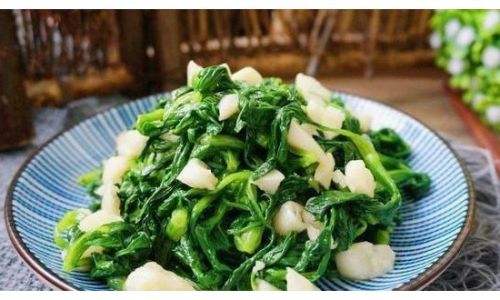
Understanding Wakame: A Brief Overview
Before diving into the specifics of selection, it’s crucial to understand what makes wakame unique. Native to the cold, temperate waters of the Northern Hemisphere, wakame thrives in regions with moderate temperatures and high nutrient levels. Its name, derived from the Japanese “waka-me,” meaning “young leaf,” reflects its delicate texture and appearance. This seaweed is characterized by its dark green to olive-brown color, fan-shaped fronds, and a slightly rubbery yet tender consistency when cooked.
Nutritionally, wakame is a powerhouse. It is rich in iodine, essential for thyroid health, and contains significant amounts of vitamins A, C, E, and K. Furthermore, it boasts an impressive array of minerals, including calcium, magnesium, iron, and zinc. Its dietary fiber content aids in digestion, while its antioxidants support overall health. The umami-rich flavor of wakame adds depth to dishes, making it a favorite among chefs and home cooks alike.
Choosing Fresh Wakame: A Step-by-Step Guide
When selecting fresh wakame, several factors come into play. Here’s a detailed breakdown of what to look for:
Appearance and Color
Fresh wakame should have a vibrant, dark green to olive-brown hue. Avoid seaweed that appears faded, discolored, or has spots. The fronds should be intact, with no signs of tearing or damage. The edges should be smooth, and the overall texture should be firm yet slightly flexible.
Smell and Taste
Fresh wakame has a mild, oceanic aroma. If the seaweed smells fishy, sour, or has any off-putting odors, it is likely past its prime. Similarly, a quick taste test (rinsing a small piece under water first) should reveal a subtle, slightly sweet flavor. Any bitterness or strong, unpleasant tastes are indicators of poor quality.
Origin and Harvesting Methods
The origin of your wakame can significantly impact its quality. Look for seaweed sourced from clean, unpolluted waters. Sustainable harvesting practices are also crucial. Overfishing and destructive harvesting methods can damage marine ecosystems and reduce the nutritional value of the seaweed. Choose brands that prioritize eco-friendly practices and can trace their product back to sustainable sources.
Packaging and Storage
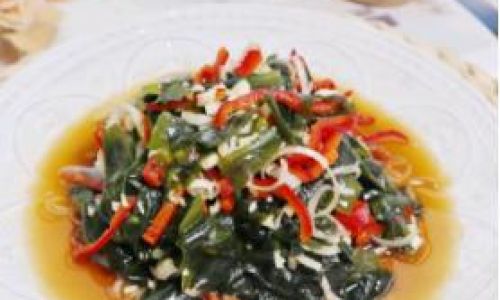
If purchasing fresh wakame is not feasible, opt for well-packaged, dried varieties. Look for airtight containers or vacuum-sealed bags to ensure freshness. Check the expiration date and ensure the packaging is intact, with no signs of moisture ingress or leakage. Properly stored dried wakame can retain its quality for several months to a year.
Selecting Dried Wakame: Key Considerations
Dried wakame is a more common and convenient option for many. Here’s how to choose the best dried seaweed:
Color and Texture
Dried wakame should have a deep green to brownish-black color. The texture should be slightly brittle but not overly hard. Avoid pieces that are overly crumbly or have a dusty appearance, as this may indicate poor handling or storage.
Rehydration
Rehydrating dried wakame is a critical test of its quality. High-quality seaweed should soften and expand to nearly its fresh state when soaked in water. Poor-quality wakame may remain tough or fail to fully rehydrate, affecting both texture and flavor in cooked dishes.
Smell and Taste After Rehydration
Once rehydrated, dried wakame should have a fresh, mild ocean scent and a slightly sweet, umami-rich flavor. Any strong, unpleasant odors or bitter tastes are indicative of poor quality or improper storage.
Additives and Preservatives
Read the ingredient list carefully when purchasing dried wakame. Some products may contain added salt, sugars, or preservatives. Opt for unprocessed, additive-free varieties to ensure maximum nutritional benefit and purity.
Certifications and Standards
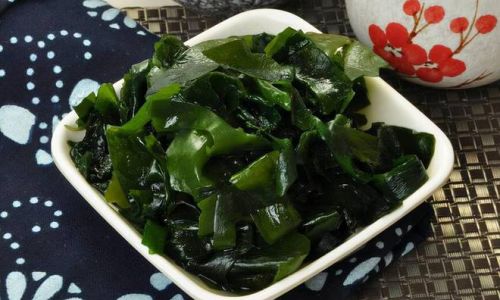
Look for certifications that indicate the seaweed has been sustainably harvested and processed. Organic certification is a plus, as it guarantees the absence of harmful pesticides and fertilizers. Additionally, certifications from marine stewardship organizations can provide assurance of sustainable sourcing practices.
Storing and Preparing Wakame: Tips for Optimal Freshness
Once you’ve selected high-quality wakame, proper storage and preparation are essential to maintain its freshness and nutritional value.
Storage Tips:
- Fresh Wakame: Store in an airtight container in the refrigerator for up to a week. Ensure the container is lined with a paper towel to absorb any excess moisture.
- Dried Wakame: Keep in an airtight container in a cool, dark place. Avoid exposure to direct sunlight and humidity.
Preparation Tips:
- Rehydration: Soak dried wakame in cold water for about 10-15 minutes, or until it softens and expands. Drain well before use.
- Cleaning: Rinse fresh or rehydrated wakame under cold running water to remove any sand or impurities.
- Cooking: Wakame can be added to soups, stews, salads, or stir-fries. Its mild flavor pairs well with a variety of ingredients, from soy sauce and sesame oil to garlic and lemon juice.
Innovative Uses of Wakame Beyond Traditional Dishes
Wakame’s versatility extends beyond traditional Japanese cuisine. Here are some creative ways to incorporate this nutritious seaweed into your diet:
- Wakame Smoothies: Blend rehydrated wakame with your favorite fruits, greens, and a dairy-free milk alternative for a nutrient-packed breakfast smoothie.
- Wakame Chips: Lightly coat rehydrated wakame with olive oil, sea salt, and your favorite spices. Bake until crispy for a healthy snack.
- Wakame Pesto: Combine rehydrated wakame with garlic, pine nuts, fresh herbs, and olive oil to create a unique, umami-rich pesto.
- Wakame Sushi Rolls: Add a strip of rehydrated wakame to your sushi rolls for an extra layer of flavor and texture.
- Wakame Soup: Create a hearty, nutritious soup by simmering rehydrated wakame with vegetables, tofu, and a miso-based broth.
Conclusion
Choosing high-quality wakame is a crucial step in maximizing its nutritional benefits and enhancing the flavor of your dishes. By paying attention to appearance, smell, taste, origin, packaging, and storage, you can ensure you’re selecting the best seaweed for your culinary needs. Whether you opt for fresh or dried wakame, its versatility and nutritional profile make it a valuable addition to any diet. Experiment with different preparation techniques and recipes to unlock the full potential of this underappreciated superfood. With its rich history, unique flavor, and impressive health benefits, wakame is more than just a seaweed; it’s a culinary treasure waiting to be explored. Happy cooking!
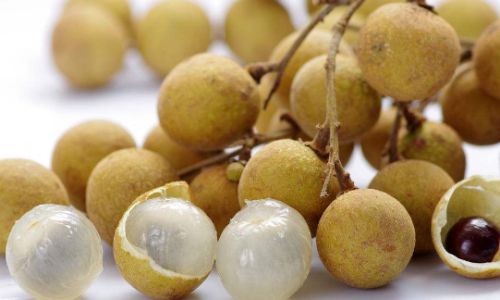
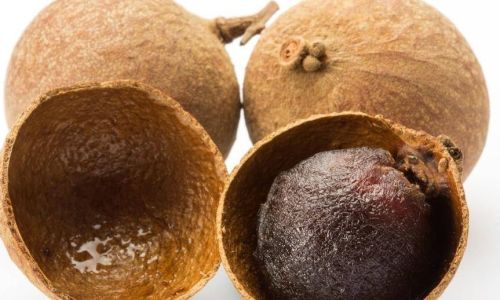
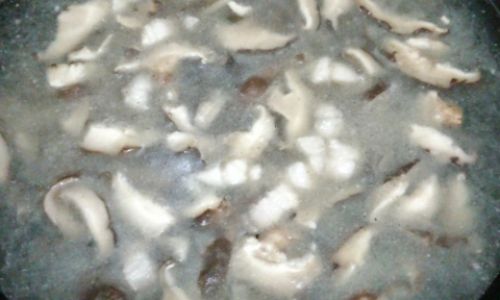
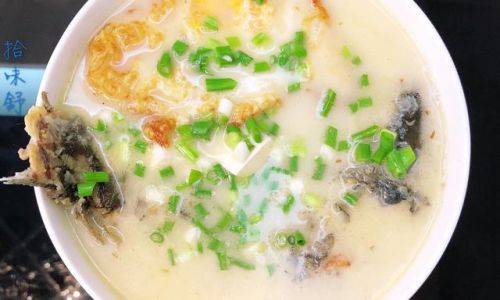

0 comments